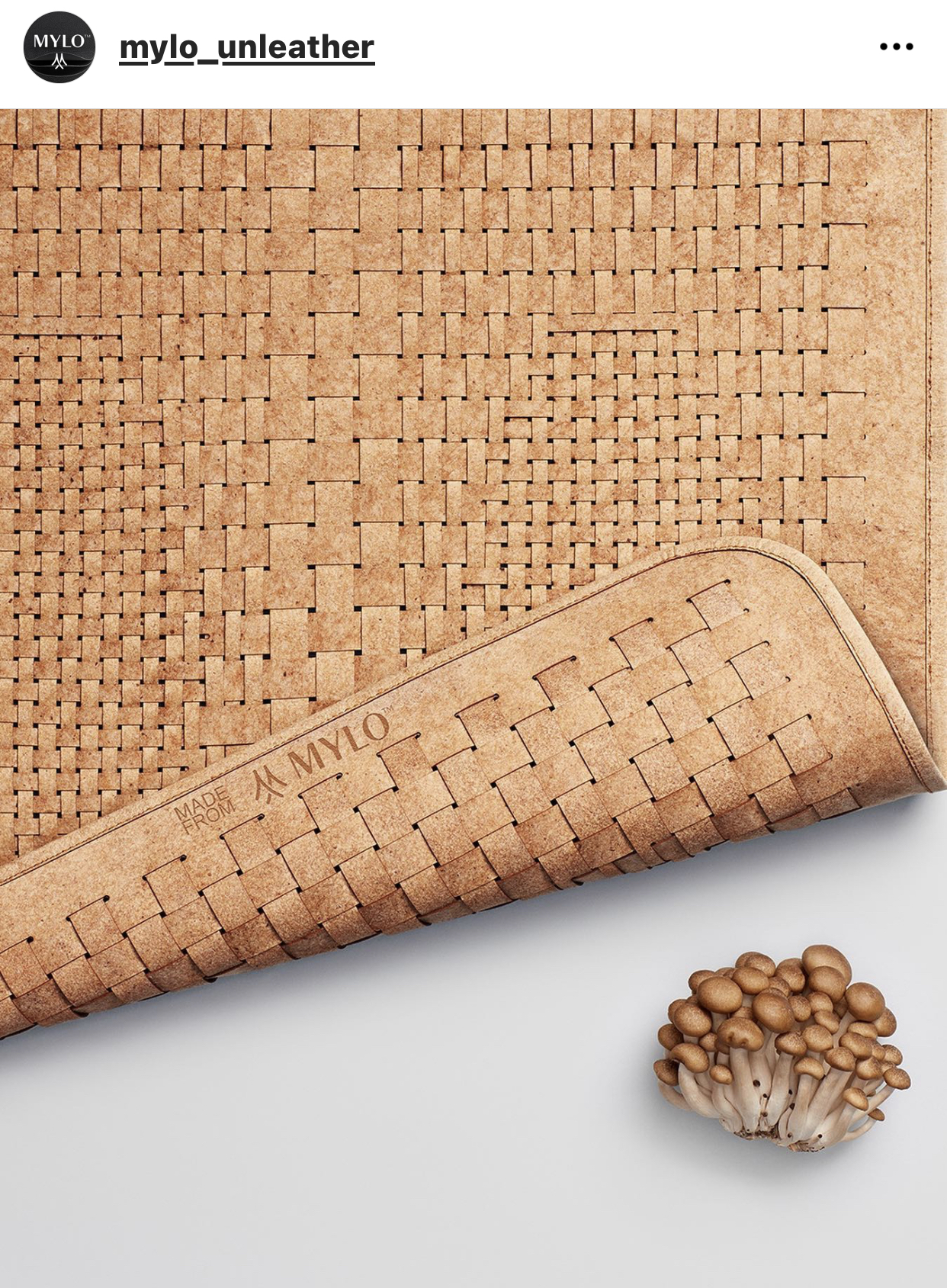US athletic apparel company lululemon Athletica Inc. has been very busy these past two months partnering all the way up in the company’s raw material supply chain. The company released its first Impact Agenda in October last year with a goal to make 100% of its products from sustainable materials by 2030. By 2025, lululemon aims to achieve at least 75% of its products including fibres to be from recycled, renewable or regenerative source (or combination of three) and/or to be manufactured using low-resource processes.
For its polyester materials, lululemon aims to have at least 75% of its polyester sourced from recycled content by 2025 with a stretch goal of having their polyester materials 100% recycled-based. The company said it will invest in industry development of fibre-to-fibre recycling. Last month, lululemon and LanzaTech announced a partnership to create polyester fibres made from recycled carbon emissions. LanzaTech’s gas fermentation technology can convert carbon dioxide emissions from steel mills into ethanol, which can then be converted into ethylene and ethylene derivative, monoethylene glycol, a monomer used to produce polyester fibre in partnership with India Glycols and Far Eastern New Century (FENC). LanzaTech’s ethanol is already being used in FENC®TOPGREEN®Bio3-PET fiber, which has the same properties and functionality of virgin petro-based polyester.
More information about FENC’s TOPGREEN®Bio3-PET fiber as well as the market for bio-PET including pricing is reported on Tecnon OrbiChem’s recent Bio-Materials publication.
Also last month, lululemon launched its first yoga accessories made with Mylo™ mycelium materials developed by Bolt Threads. Mylo™ is made from renewable mycelium, the root structure of mushrooms grown in an indoor, vertical farming facility, and processed by a team of scientists and materials experts at Bolt Threads. As a founding member of the Mylo consortium, lululemon joins a group of forward-thinking global companies, including Stella McCartney and adidas, who have banded together to invest in materials innovation. lululemon expects to start seeing a variety of Mylo™ applications beginning this year.
This month, lululemon announced its first-ever equity investment in a sustainable materials company with its partnership with Genomatica. The two companies will create lower-impact, plant-based nylon, which is the largest volume of synthetic material currently used by lululemon to make its apparel. lululemon’s goal is to transition all of its nylon to renewable or recycled content by 2030, and to launch alternative platforms by 2025. According to lululemon, renewable and recycled nylon currently exists but in limited quantities. The companies will be working closely with lululemon’s fabric supply chain to incorporate material based on Genomatica’s biotechnology-derived chemical building blocks (such as caprolactam) for nylon manufacture.
lululemon is also looking to scale solution-dyed nylon to reduce its water use by at least 75% over traditional methods. Creating, processing and dyeing materials reportedly requires clean water – from 50 to over 100 litres per kilogram of fabric depending on the type of fibre. The company says it will add colour pigment at the raw material stage to reduce both water use and carbon emissions.




